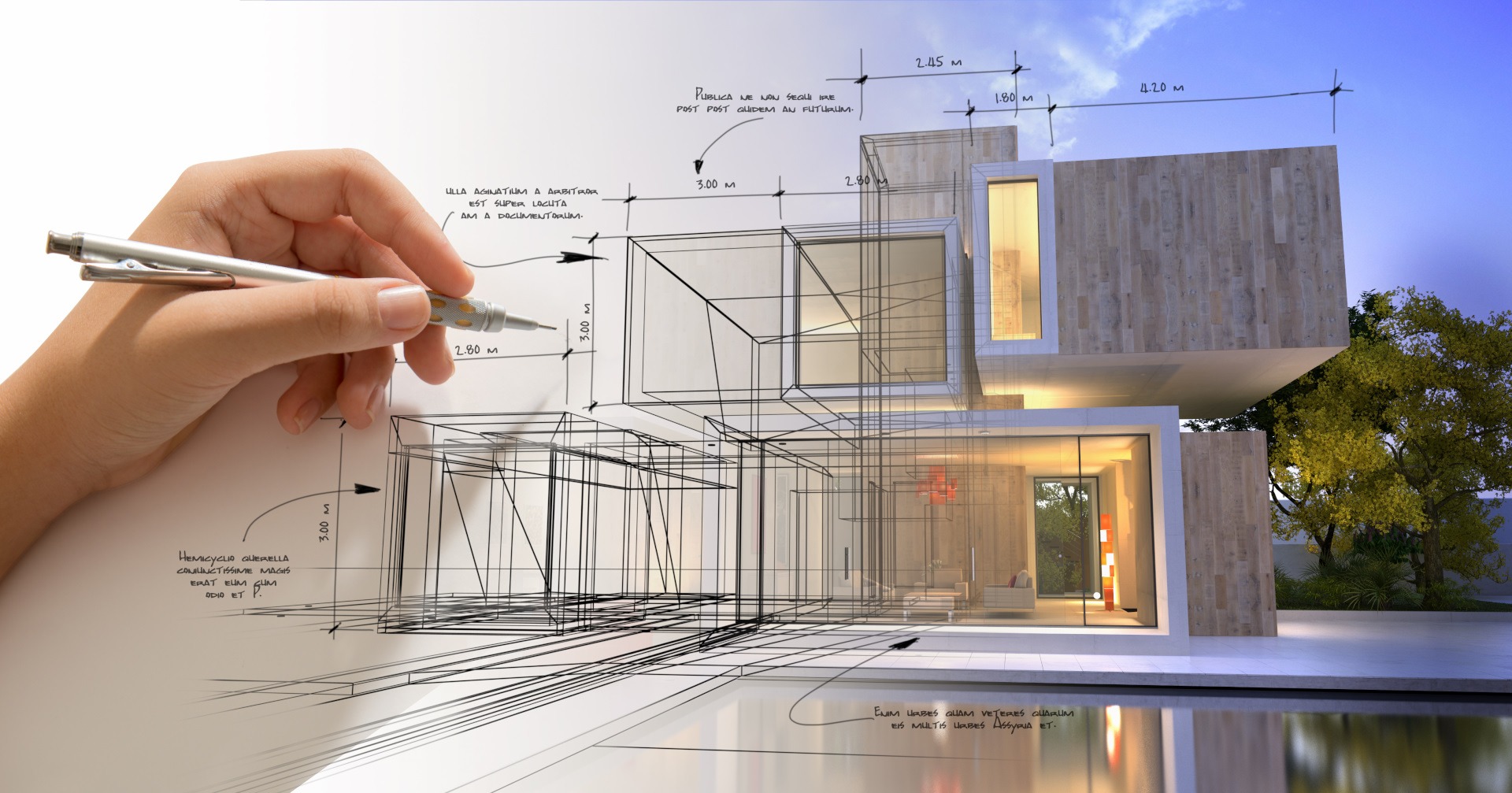Lean Architecture Management.
My advice.
More transparency for you.
What does Lean Architecture Management mean to you? And what are the benefits for you? Join me in taking a look at the projects we have completed and the experiences my clients and I have had. Let’s be clear: architecture “management” exists in almost every company above a certain size.
Because transparency is always required when it comes to investment and project decisions. In terms of the W questions – what, when, how much. Then “project proposals” are hastily drawn up – and I’ve seen everything from a simple PowerPoint slide to approve a budget of millions to complete solution outlines of dozens of pages.
As a rule, static information is used when creating project proposals: architecture documents from the file server or the intranet, data analyses from help desk systems or commercial key data. The central problem here is a lack of topicality and transparency. This is where my lean architecture management consulting comes in.
Documented processes.
Understanding the company. Recognize risks and dependencies. Meeting regulatory requirements.
Initial situation
- Process documentation incomplete or not available
- Different formats and storage locations
- Regulatory requirements are not met
Solution approach
- Introduction of a simple “architectural language”
- Development of a company-wide repository
- Transfer of existing process documentation to the repository
My consulting approach aims to bring about clarity about business capabilities and processes. The easiest way to do this is with graphical tools and a repository that is used by both the business units and the IT organization.
Changes are then only made in the repository. A defined process for review and release ensures that the current process documentation can be retrieved from the repository at any time.
Clear strategy.
Providing optimum support for the business units. Optimizing costs through standards. Use the right components.
Initial situation
- Architectural standards not available or not up to date
- Functional redundancies, safety risks
- Additional costs due to missing interfaces
Solution approach
- Development or revision of architectural standards
- Clear definition of liabilities
- Establishing processes for compliance
Architecture standards can make a significant contribution to making the IT portfolio efficient and ensuring high security standards. Achieving these goals together with you is the subject of my work in this area.
Efficient projects.
Provide project standards and tools. Recognize and eliminate risks at an early stage. Support project teams.
Initial situation
- Excessive project budgets
- Unreliable milestone planning
- Additional costs due to errors in the architecture
Solution approach
- Clearly defined project procedure models
- Transparency in responsibilities and quality gates
- Technical support for the project teams
In addition to defined architecture standards, clearly defined project procedure models are crucial for the success of the project and the timely provision of high-quality deliverables.
My consulting services in this area include the review of existing project procedure models, their updating and their adoption by the management bodies.
With extensive skills in communication and presentation, I ensure that the project team members are fully informed and receive the best possible support.
Lean Architecture Management.
Backgrounds and assessments.







